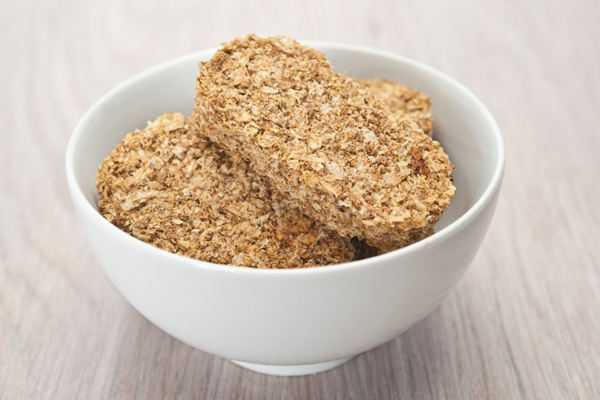Oxalate dumping is a phenomenon that can occur when people make sudden changes to their diet, particularly when reducing high-oxalate foods. While oxalates are naturally occurring compounds found in many foods, excessive intake has been linked to kidney stones and other health issues. However, abruptly cutting out these foods can lead to unexpected and sometimes uncomfortable symptoms. This article explores the science behind oxalate dumping and its potential impact on your health.
Key takeaways:
• Oxalate dumping can occur when rapidly reducing high-oxalate foods
• Symptoms may include fatigue, joint pain, and digestive issues
• Gradual dietary changes are recommended to minimize oxalate dumping
• Balanced nutrition and hydration are crucial for managing oxalate levels
The science behind oxalate dumping
Oxalates are organic compounds found in many plant-based foods, including spinach, nuts, and chocolate. When consumed, these compounds can bind with calcium in the body, potentially forming kidney stones or contributing to other health issues. Some people choose to reduce their oxalate intake to mitigate these risks.
However, the body can store oxalates in various tissues over time. When dietary oxalate intake is suddenly reduced, the body may begin to release stored oxalates into the bloodstream, leading to a phenomenon known as oxalate dumping[1].
Symptoms and duration
Oxalate dumping can manifest in various ways, and symptoms may differ from person to person. Common reported symptoms include:
• Fatigue and low energy
• Joint pain or muscle aches
• Digestive issues such as bloating or diarrhea
• Skin rashes or itching
• Headaches or brain fog
These symptoms typically last for a few days to several weeks as the body adjusts to the new dietary pattern and eliminates excess oxalates[3].
Managing oxalate intake safely
To minimize the risk of oxalate dumping, experts recommend a gradual approach to dietary changes:
- Slow and steady: Reduce high-oxalate foods gradually over several weeks or months rather than eliminating them all at once.
- Stay hydrated: Drinking plenty of water can help flush oxalates from the system and reduce the risk of kidney stone formation[2].
- Balance with calcium: Consuming calcium-rich foods alongside oxalate-containing foods can help bind oxalates in the digestive tract, reducing absorption[4].
- Consider supplements: Some healthcare providers may recommend calcium citrate or magnesium supplements to help manage oxalate levels, but this should be done under professional guidance.
The role of gut health
Emerging research suggests that gut health may play a crucial role in oxalate metabolism. Some bacteria in the gut, such as Oxalobacter formigenes, can break down oxalates, potentially reducing their absorption and associated risks[5].
Maintaining a healthy gut microbiome through a balanced diet rich in fiber and fermented foods may help support optimal oxalate processing. Probiotic supplements containing oxalate-degrading bacteria are also being studied, though more research is needed to confirm their efficacy[6].
Conclusion
While reducing oxalate intake can be beneficial for some individuals, it's essential to approach dietary changes with caution. Oxalate dumping is a real phenomenon that can cause temporary discomfort and health issues. By making gradual changes, staying hydrated, and maintaining a balanced diet, you can minimize the risk of oxalate dumping while potentially improving your overall health.
Remember, everyone's nutritional needs are unique, and what works for one person may not be suitable for another. Always consult with a healthcare professional before making significant changes to your diet, especially if you have a history of kidney stones or other health concerns.
By the way
Interested in learning more about optimizing your diet for longevity? Subscribe to our newsletter for the latest research and insights on nutrition and healthy aging.
References:
[1] https://www.healthline.com/nutrition/oxalate-dumping
[2] https://www.ncbi.nlm.nih.gov/pmc/articles/PMC6459305/
[3] https://mastcell360.com/what-is-oxalate-dumping/
[4] https://www.kidney.org/atoz/content/calcium-oxalate-stone
[5] https://www.ncbi.nlm.nih.gov/pmc/articles/PMC4265710/
[6] https://www.frontiersin.org/articles/10.3389/fmicb.2019.02784/full
Citations:
[1] https://www.healthline.com/nutrition/oxalate-dumping
[2] https://www.palomahealth.com/learn/oxalate-dumping-thyroid
[3] https://mastcell360.com/what-is-oxalate-dumping/
[4] https://www.chhs.colostate.edu/krnc/monthly-blog/should-i-be-avoiding-oxalates/
[6] https://nutritionandmetabolism.biomedcentral.com/articles/10.1186/s12986-022-00709-w














Member discussion